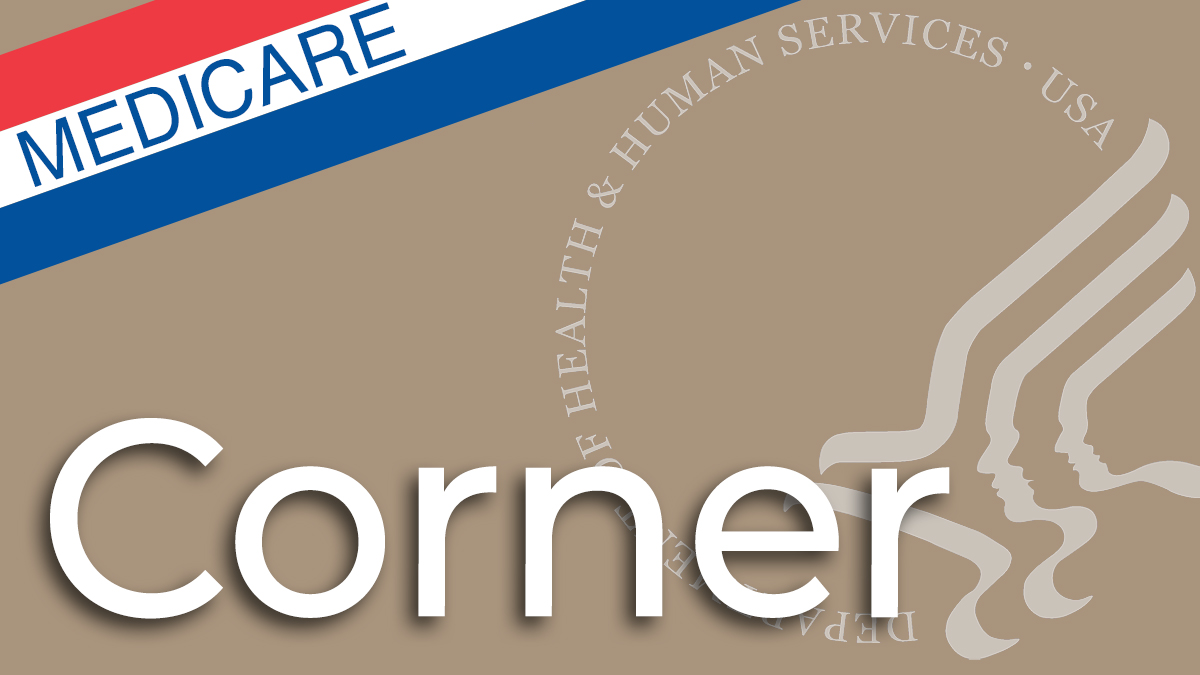
Medicare Corner: Understanding DMEPOS Surety Bonds
By Devon Bernard
As a follow-up to our article about surety bonds in the last issue of the Facilitator, we asked AOPA’s Assistant Director of Coding and Reimbursement Services, Education and Programming, Devon Bernard, to share his knowledge and expertise about surety bonds with you.
So, what exactly is a DMEPOS surety bond? According to the National Supplier Clearinghouse, it is “a bond issued by an entity (the surety) guaranteeing that a DMEPOS supplier will fulfill an obligation or series of obligations to a third party (the Medicare program). If the obligation is not met, the third party will recover its losses via the bond.” In other words, it is a way for Medicare to collect refunds/overpayments on incorrectly paid claims if a supplier was unable to pay.
In 1997, CMS began trying to implement a requirement that all DMEPOS suppliers purchase a surety bond. CMS saw the benefits of this requirement as twofold, 1) it would discourage fraudulent providers from billing the Medicare program and 2) it would provide some guarantee that CMS would be able to collect refunds on incorrectly paid claims.
Then, in 2009, CMS published a final regulation that implemented the requirement that DMEPOS suppliers must have surety bonds, thus becoming the 26th Supplier Standard. Under this new standard, a surety bond of $50,000 was required for every NPI/PTAN combo that was authorized through the National Supplier Clearinghouse. When the final rule was published, existing Medicare suppliers had until September 30, 2009 to obtain surety bonds, and any new suppliers would have to obtain a surety bond prior to being issued a PTAN.
However, not every DMEPOS supplier was required to obtain a surety bond as the final rule did carve out four exemptions which included government operated DMEPOS suppliers, physicians/non-physician practitioners, physical and occupational therapists and orthotic & prosthetic personnel.
To qualify for the orthotic & prosthetic personnel exemption, your facility must meet three criteria.
First, if your facility is located in a state with O&P licensure, then the orthotic and prosthetic personnel must be licensed. If your state doesn’t require O&P licensure this criterion would not apply, and you may still be exempt if you meet the remaining two criteria.
Second, your facility must be solely owned and operated by O&P personnel. If there are any owners who are not O&P personnel, your facility would not qualify for the exemption. So, any individual who is listed as an owner on your most recent enrollment application must be a certified orthotist and/or prosthetist.
Lastly, to be exempt from obtaining the surety bond, you must provide and bill for custom fabricated orthotics, prosthetics and supplies (items that are related to custom-made orthotics and prosthetics). Your facility doesn’t have to solely provide custom fabricated items. It is acceptable to also provide prefabricated items, but they cannot be the only items you provide. It is important to point out that in most cases therapeutic shoes for diabetic patients don’t qualify under this exemption. So, if you are providing diabetic shoes, even if they are custom fabricated and you meet all the other criteria, you would not be exempt and would have to obtain a surety bond.
If you have determined that you are exempt from obtaining a surety bond, be sure to indicate this on your Medicare enrollment form. Under Section 6 of the enrollment form, there is a box you can check indicating that you are exempt. If you have a surety bond and have now determined that you are exempt and will be cancelling your bond, be sure to update your Medicare enrollment application to inform Medicare of your exemption.
If you have any questions about surety bonds and all the possible exemptions, you may contact the National Supplier Clearinghouse.
Subscribe to ABC CredCast
 Listen on Apple Podcasts (opens in a new tab)
Listen on Apple Podcasts (opens in a new tab)
 Listen on Google Podcasts (opens in a new tab)
Listen on Google Podcasts (opens in a new tab)







